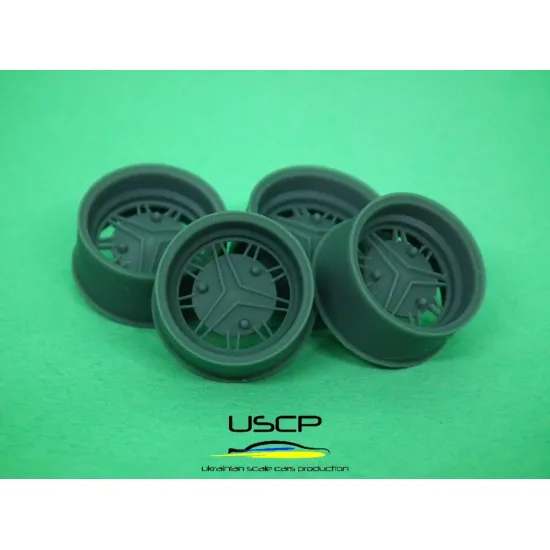Plastic Model Kits vs. Resin Kits: Which is Better?
Plastic Model Kits vs. Resin Kits: Which is Better?
Blog Article
Product packages came quite a distance because their inception, transforming from fundamental construction tasks to delicate operates of art. For hobbyists, that progression mirrors both technological developments and the growing need to art miniature worlds with amazing realism.
The Increase of Design Packages
model kits first gained recognition in the mid-20th century. Initially made as easy, useful methods, early systems frequently presented simple pieces made from wood or steel with small attention to detail. By the 1950s, plastic kits joined the marketplace, marking a crucial time within their evolution. These plastic versions allowed for light and easier-to-assemble types, resulting in a rise in recognition among small hobbyists.
The 1960s and 70s saw an surge of creativity in model kits. During this time, the concentration moved from only assembling vehicles to creating replicas of famous subjects which range from jets to sci-fi spaceships. Companies started incorporating higher-quality molds and presenting distinctive variations, making the activity more immersive.

The Revolution in Reality
By the 1980s and 90s, the focus in model packages transferred toward hyper-realism. Makers began applying injection-molded engineering that allowed for remarkable detailing. Modelers could accessibility sophisticated sets featuring created finishes, custom stickers, and particulars previously unimaginable.
Technological improvements also produced modification possible. Methods like airbrushes and high-performance paints, along with detail by detail recommendations, gave hobbyists the flexibility to raise their builds. From weathered tanks to polished race cars, creating life-like projects became an attainable goal.
Expert Strategies for Painting and Outlining Model Products
For model fanatics, the joy is in the details. Painting and concluding methods have changed similar to product kits themselves. Understanding these abilities can truly change any build.
1. Prime for Accomplishment
Always focus on a primer. Priming ensures that paint sticks smoothly to materials and creates the base necessary for vibrant, consistent color. Select a primer suited for your material, whether plastic, resin, or metal.
2. Coating Your Shows
Use your offers in slim, also layers. This technique eliminates clumpy completes and makes transitions between hues seamless. Fat paints are particularly popular because of the fast drying time and vibrant color options.

3. Include Fine Weathering Facts
To provide your design a weathered, reliable search, try out weathering techniques such as for example dried discovering, wipes, or applying pastels. For cars, simple rust marks or cracked paint may enhance realism.
4. Ideal the Decals
Stickers may make or break the ultimate look of one's model. Work with a conditioning answer to greatly help them conform to rounded areas and carefully close them with a definite coat.
From building easy types decades before to today's hyper-detailed masterpieces, product products continue steadily to inspire creativity and skill. With sophisticated techniques and instruments, the possibilities for realism and phrase are endless.
Report this page